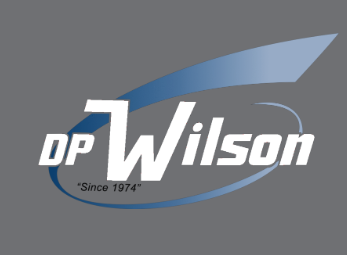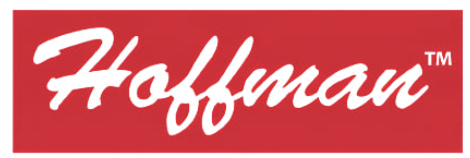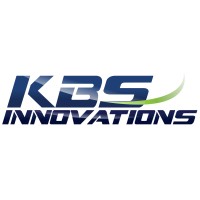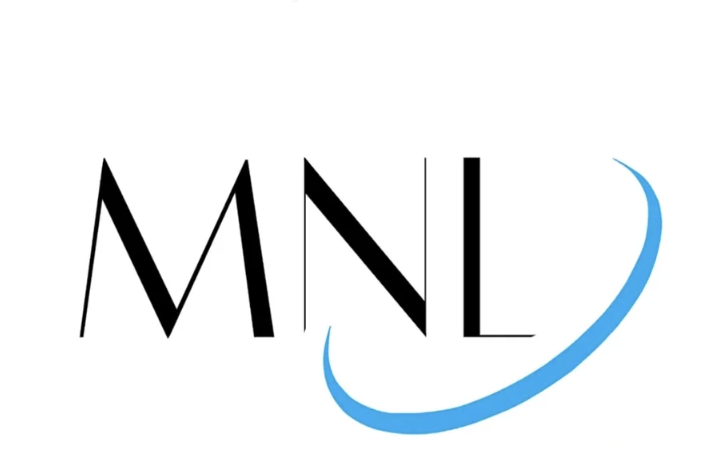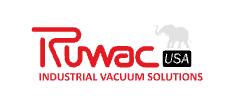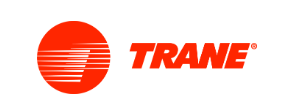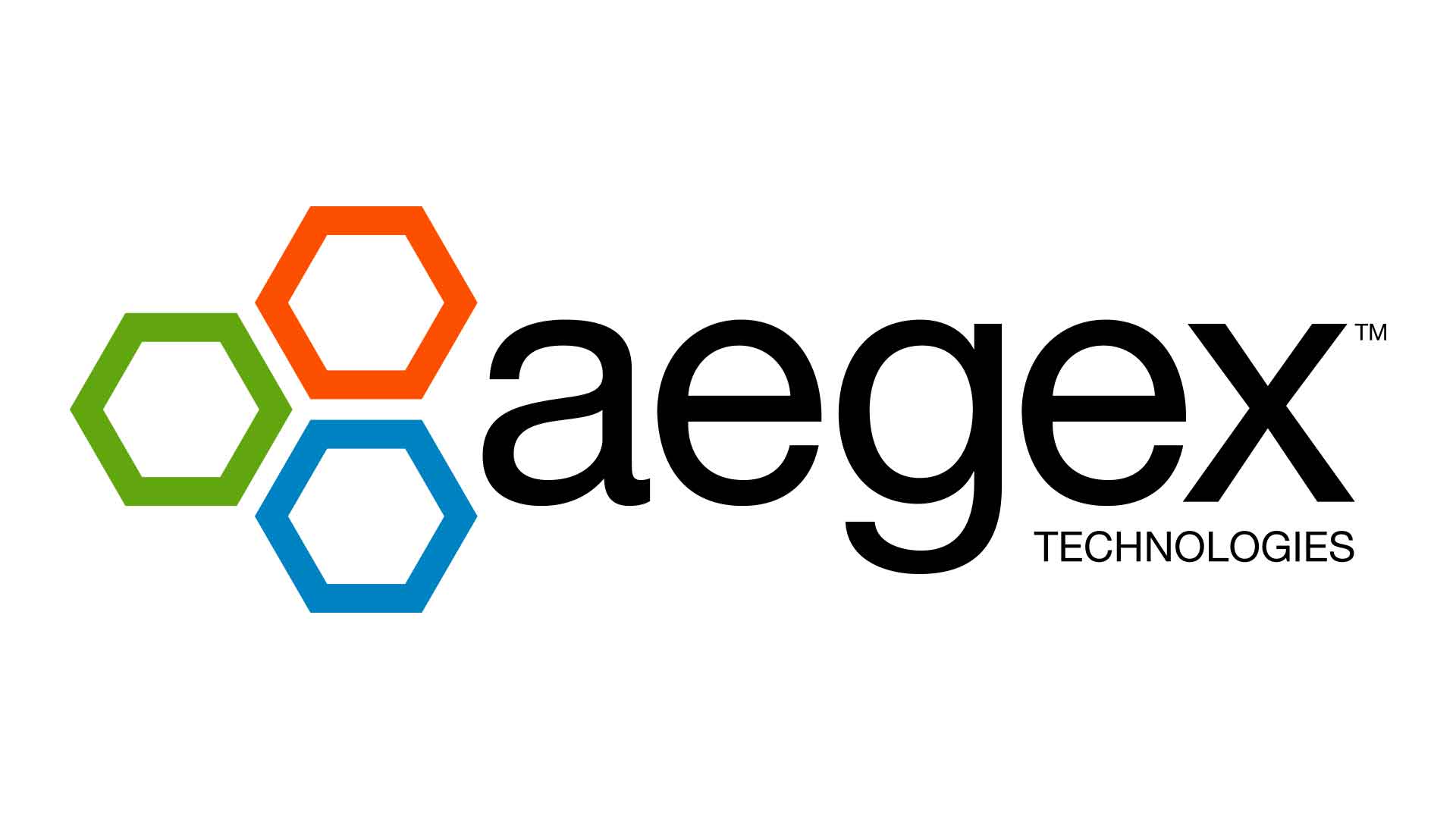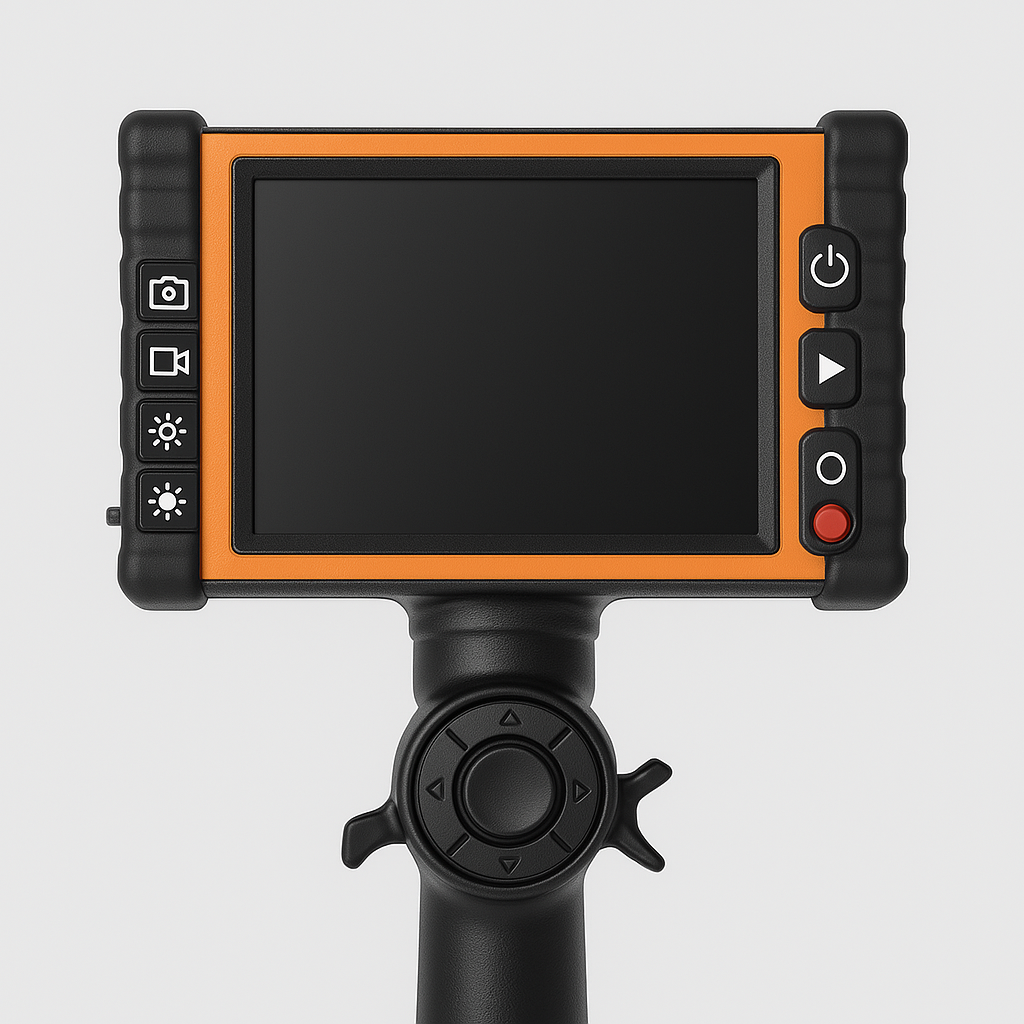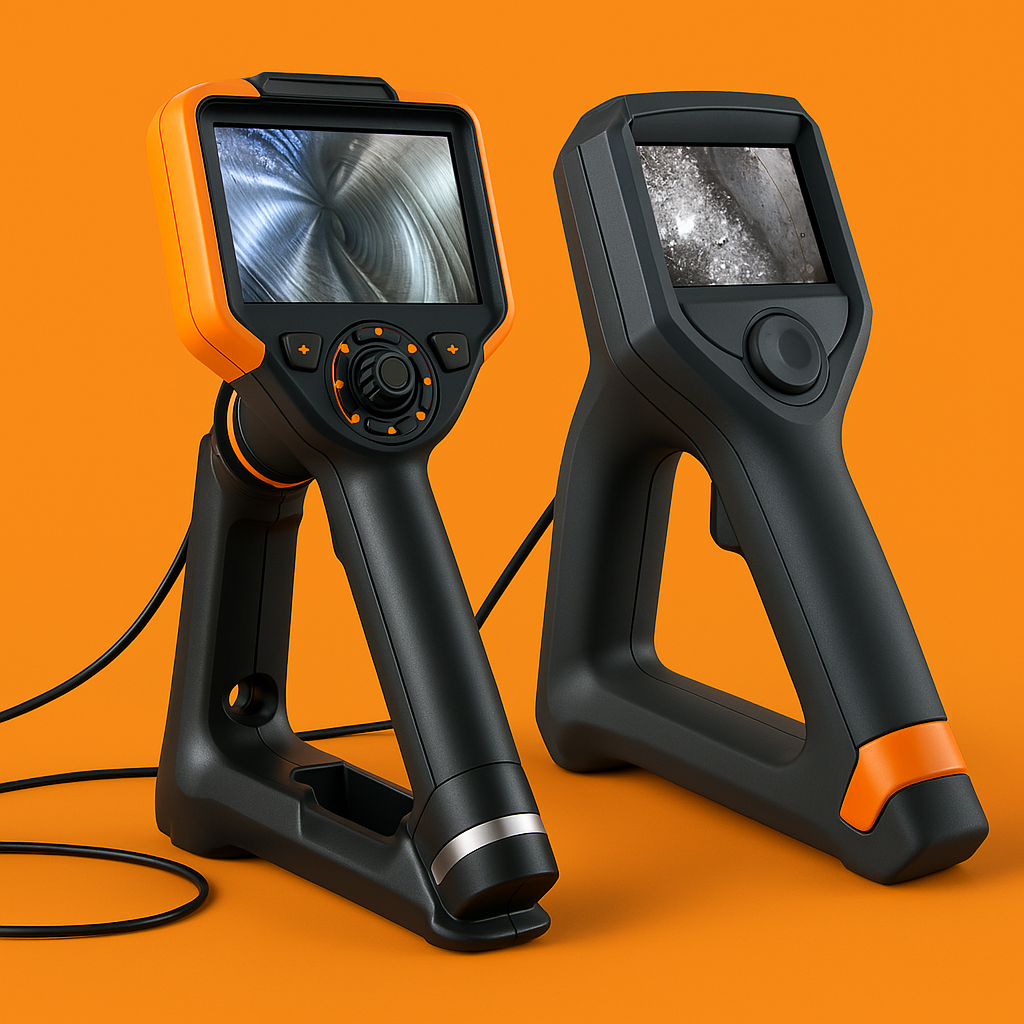
In hazardous industrial environments—like oil refineries, chemical plants, and confined spaces—visual inspections are both critical and challenging. Standard equipment won’t cut it; you need tools that meet strict safety standards. That’s where an intrinsically safe borescope becomes indispensable. These devices allow for safe internal inspections in explosive atmospheres without risking ignition.
This guide walks you through the essential features to look for, types of inspections supported, and how to select the best borescope for your unique operational needs.
What is an Intrinsically Safe Borescope?
An intrinsically safe borescope is a visual inspection tool certified to operate in hazardous environments where flammable gases, vapors, or dust may be present. Unlike standard borescopes, these models are built to prevent sparks and limit electrical energy, making them compliant with global safety certifications like ATEX, IECEx, and UL.
These tools are used for:
Inspecting pipelines and tanks
Equipment maintenance in petrochemical plants
Aircraft and marine engine checks
Utility and power plant inspections
Unsure if your worksite requires an intrinsically safe model? Get expert advice now

Why Are Intrinsically Safe Certifications Important?
Certifications validate a borescope’s safety in potentially explosive atmospheres. Here are some of the key certification standards:
| Certification | Region | Use Case |
|---|---|---|
| ATEX | European Union | Explosive gas/dust zones |
| IECEx | International | Global standard for hazardous areas |
| UL/CSA | North America | Explosive and combustible environments |
Without these certifications, you risk non-compliance, equipment damage, or worker injury. Always check the certification label before purchasing.
What Features Should You Prioritize in an Intrinsically Safe Borescope?
Choosing the right borescope depends on a combination of safety, functionality, and application-specific requirements. Key features to evaluate include:
1. Camera Resolution
Higher resolution means better image clarity during inspections. For industrial tasks, aim for at least 640×480 pixels (VGA) or HD resolutions.
2. Articulation
Does the camera tip move? Articulating probes allow you to see around corners, critical in confined or obstructed spaces.
3. Probe Diameter & Length
The size and flexibility of the probe affect where it can go. Smaller diameters (4–6 mm) are ideal for narrow areas, while longer probes (up to 10 meters) are perfect for deep inspections.
4. Lighting
LED illumination is standard. Adjustable brightness helps optimize visibility in varying conditions.
5. Display and Recording Capabilities
A borescope with a built-in screen and the ability to capture images or videos aids in documentation and team collaboration.
6. Durability
Look for waterproofing (IP67 or better), chemical resistance, and rugged housings that can withstand industrial wear and tear.
What Are the Different Types of Inspections That Require Intrinsically Safe Borescopes?
1. Pipeline Inspections
Borescopes can navigate the interior of pressurized pipes without dismantling. In industries like oil & gas, using an intrinsically safe model prevents ignition from residual vapors.
2. Turbine and Engine Maintenance
Inspect internal components of turbines, compressors, or marine engines in environments with flammable fluids or gases.
3. Tank and Vessel Checks
Ensure structural integrity and cleanliness of storage tanks without having to open them or depressurize systems.
4. Electrical Panel Examinations
Safely inspect wiring, terminals, and breakers in panels located in classified zones.
Compare models or request a quote in seconds: Contact our intrinsically safe specialists
How Do You Match a Borescope to Your Industry’s Needs?
Different industries require specific capabilities. Here’s a comparison of popular intrinsically safe borescopes:
| Model | Certifications | Camera | Articulation | Best For |
|---|---|---|---|---|
| FLIR VS290-32 IS | ATEX, IECEx | 160×120 thermal | Fixed | Electrical, thermal |
| Extech BR200-IS | ATEX, UL | 640×480 video | Manual rotation | Pipe, tank inspections |
| RIDGID Micro CA-350X IS | ATEX Zone 1 | HD video | 180° articulation | Engine & HVAC systems |
Best Choice for Your Industry:
Oil & Gas: Extech BR200-IS for pipe inspections with compact entry.
Utilities: FLIR VS290-32 IS for thermal + visual inspection needs.
Aerospace/Marine: RIDGID Micro CA-350X IS for maneuverability in tight engines.
How to Evaluate Image Quality and Articulation for Confined Space Use?
In confined or complex spaces, clear imagery and maneuverability are critical.
Resolution: HD imaging (720p or more) improves detection of corrosion, cracks, or leaks.
Articulation: Choose dual or full articulation borescopes for multidirectional views.
Screen Size: A large onboard display (≥3.5”) helps with real-time analysis on site.
Invest in a borescope that gives clear evidence—not guesswork—during inspections.
What Additional Accessories Improve Borescope Utility?
Consider these optional add-ons for enhanced functionality:
Magnetic tips: Retrieve small metallic debris from inaccessible spaces.
Hook tips: Pull or maneuver wires or cables during inspections.
USB/SD storage: Expand data recording for reporting and audits.
Wireless modules: Stream live views to remote monitors or mobile apps.
How Do Maintenance and Battery Life Affect Long-Term Usability?
Long inspection cycles demand reliable power. Choose borescopes with:
Rechargeable lithium-ion batteries (minimum 4–6 hours per charge)
User-replaceable batteries for extended field operations
Maintenance-free probes to reduce downtime and repair costs
Regular calibration and clean-up routines will prolong the device’s lifespan and accuracy.
Frequently Asked Questions About Intrinsically Safe Borescopes
What makes a borescope intrinsically safe?
An intrinsically safe borescope is engineered to operate without igniting flammable gases, vapors, or dust. It achieves this by limiting electrical and thermal energy to levels that can’t cause combustion. These devices meet certifications like ATEX and IECEx for use in hazardous environments.
Can I use a regular borescope in a hazardous location?
No, using a non-certified borescope in a classified zone is dangerous and non-compliant with safety regulations. Only borescopes explicitly marked as “intrinsically safe” and tested under hazardous environment standards should be used.
Do intrinsically safe borescopes support video recording?
Yes, many models come with onboard video recording or external SD card slots. This allows for documenting inspections, sharing with teams, and archiving evidence for compliance audits.
What probe length should I choose?
Probe length depends on the inspection area. For example:
1–2 meters: Great for engine or machinery cavities
3–5 meters: Ideal for utility, tank, or mid-size pipe inspections
5+ meters: Required for long or deep conduit/pipeline inspections
Are intrinsically safe borescopes waterproof or dustproof?
Most certified models are at least IP67 rated—meaning they’re both dust-tight and water-resistant. This is essential when dealing with contaminated or moist environments, such as wastewater treatment facilities or chemical refineries.
What’s the Best Intrinsically Safe Borescope for You?
The right intrinsically safe borescope combines safety, functionality, and ease of use tailored to your inspection needs. Whether you’re conducting thermal scans in an electrical substation or checking pipeline interiors offshore, there’s a model optimized for your task.
Before purchasing, consider:
Your inspection environment and required certifications
Probe size, articulation, and durability
Data capture and image clarity features






